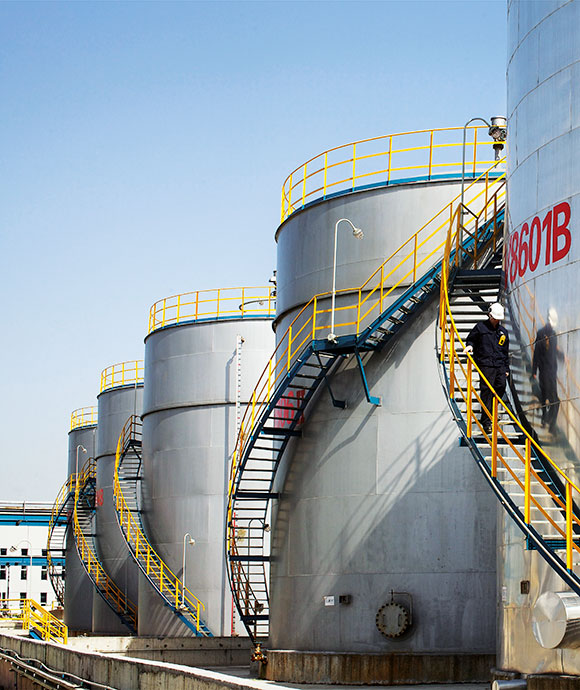Hydroformylation-technology
Hydroformylation technology
Hydroformylation is the process by which an olefin (alkene) reacts with syngas (CO and H2) to form an aldehyde. Also commonly known as the “Oxo” process, hydroformylation is the first step in the production of oxo alcohols with the intermediate aldehyde converted to an alcohol by hydrogenation. An alternative intermediate step is the addition of two aldehydes together to obtain a larger aldehyde, a process commonly known as aldolisation with the resultant larger aldehyde converted to an alcohol by hydrogenation. Hydroformylation is a key part of the oxo alcohols process.

Hydroformylation in the oxo alcohols process
Butyraldehyde is produced by reacting propylene with carbon monoxide and hydrogen. The major product is the straight chain normal-butyraldehyde with a smaller amount of branched chain iso-butyraldehyde. The reactions are carried out at mild temperature (< 100°C) and low pressure (< 20 bara) in the presence of a homogeneous rhodium based catalyst with a phosphine ligand in the case of LP Oxo SELECTORSM 10 technology to provide a normal-butyraldehyde isomer ratio of 10:1. An alternative is the LP Oxo SELECTOR 30 technology which enables a normal to isomer ratio of 30:1 utilising the proprietary NORMAX™ Catalyst, an organophosphite ligand available from Dow.

